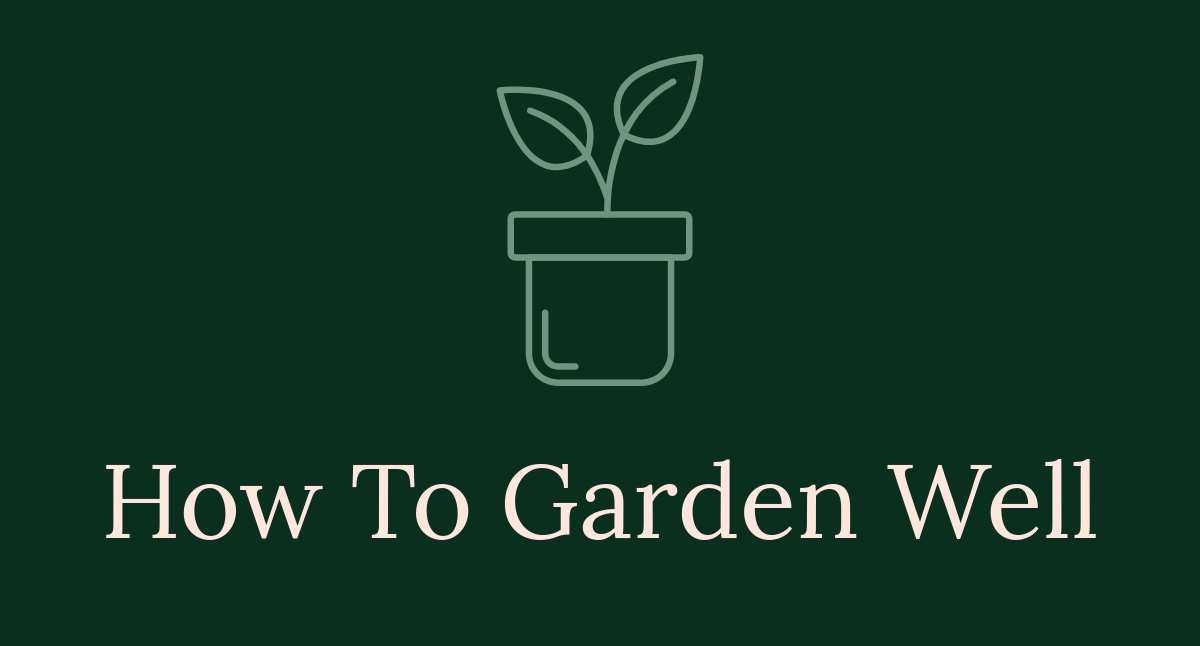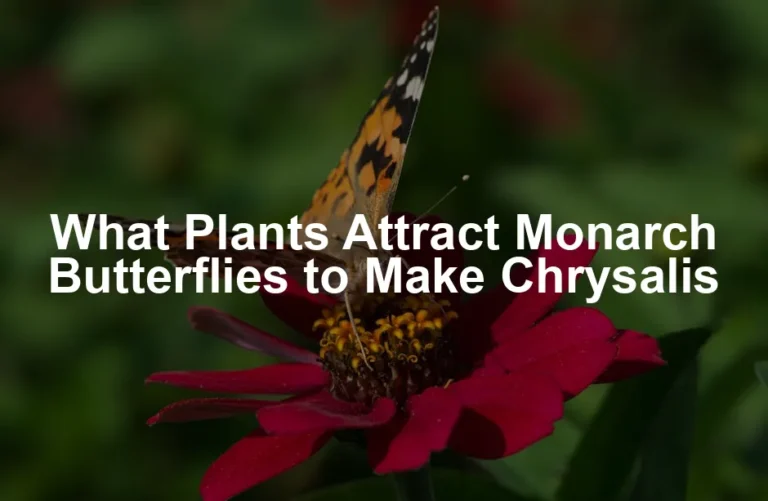
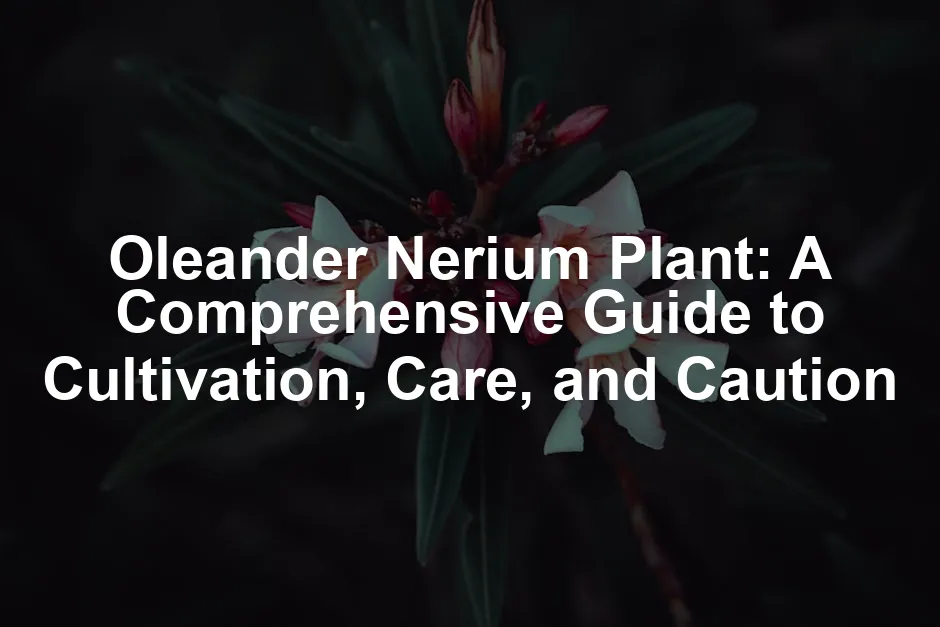
Oleander Nerium Plant: A Comprehensive Guide to Cultivation, Care, and Caution
Introduction
Are you captivated by vibrant flowers? The Oleander plant is a stunning choice. Known for its colorful blooms, it adds charm to gardens. However, its beauty comes with a warning. Oleander is toxic to humans and pets. Understanding both its allure and risks is crucial for any gardener.
Summary and Overview
Oleander (Nerium oleander) is a striking flowering shrub. Its characteristics include glossy leaves and fragrant flowers in various colors. This plant thrives in warm climates, making it a favorite in coastal gardens. While it requires minimal maintenance, it’s essential to know about its toxic nature. The following sections will guide you on its cultivation, varieties, and safety measures.
To keep your garden thriving, consider investing in some high-quality gardening gloves. They protect your hands from thorns and pesky dirt, making gardening a much more enjoyable experience!
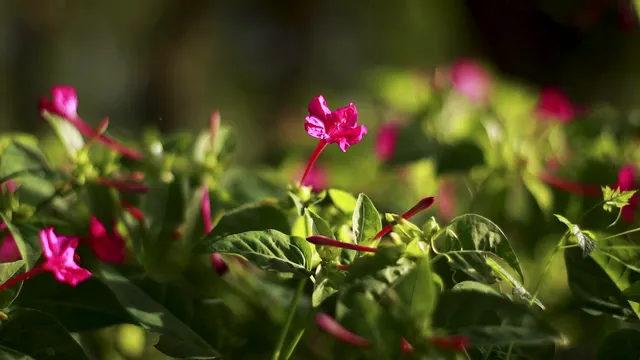
Understanding Oleander
What is Oleander?
Oleander is a perennial shrub belonging to the Apocynaceae family. It typically grows between 6 to 12 feet tall but can reach up to 20 feet in some protected varieties. The plant showcases clusters of trumpet-shaped flowers that bloom from early summer to autumn. These flowers can be white, pink, or red, making it a popular ornamental choice. Its long, dark green leaves are leathery and lance-shaped, adding to its visual appeal. Understanding its nature is vital for safe gardening.
History and Origin
The Oleander plant has a rich history. Its origins trace back to the Mediterranean region. Ancient cultures admired Oleander for its beauty and used it in gardens. It often appeared in art and literature, symbolizing resilience. Today, it thrives in many warm climates worldwide, cherished for its vibrant flowers and hardy nature.

Growth Requirements
Ideal Growing Conditions
To thrive, Oleander (Nerium oleander) needs plenty of sunlight. Aim for full sun exposure for at least six hours daily. This plant enjoys well-drained soil, which prevents waterlogging and root rot. Sandy or loamy soil works best. Regularly check for good drainage to keep your Oleander healthy.
Temperature is crucial for this beauty. Oleander grows well in USDA zones 8b to 10. It can tolerate temperatures as low as 15°F, but be cautious of winter cold. In cooler regions, consider planting it in protected spots to shield it from harsh weather. With the right conditions, your Oleander will flourish, showcasing vibrant blooms from early summer through autumn.
Ensure you have the right tools for the job! A good set of garden trowel set is an essential investment for any gardener. They help you dig, plant, and maintain your Oleander with ease!
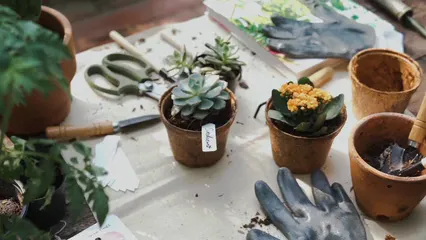
Propagation Techniques
Oleander is easy to propagate, making it a favorite among gardeners. You can use two primary methods: seeds and cuttings. For seed propagation, start by soaking the seeds for 24 hours. This helps with germination. Plant them in well-drained soil and keep them moist.
Cuttings are another effective way to grow Oleander. Take 6-8 inch cuttings from healthy plants. Remove the lower leaves and dip the cut end in rooting hormone powder. Plant the cuttings in soil and keep them in a warm, humid environment. With patience and care, you’ll soon see new growth.
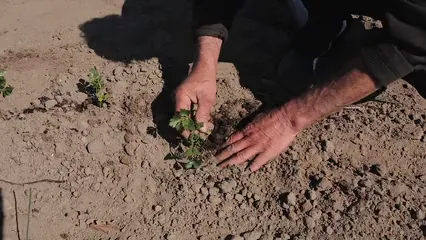
Care and Maintenance
Watering and Fertilization
Watering your Oleander correctly is essential for its health. During the growing season, aim to water deeply once a week. In hotter months, you might need to adjust this frequency. Always check the soil moisture before watering. Overwatering can lead to root rot, while underwatering can cause wilting.
Fertilization plays a significant role in plant health. Use a balanced, slow-release fertilizer in early spring to encourage robust growth. Look for a formula high in phosphorus to support blooming. Watch for signs of nutrient deficiency. Yellowing leaves may indicate a need for fertilizer. Balance is key to keeping your Oleander vibrant and healthy. For more tips on gardening, check out these raised bed gardening tips and tricks.
Understanding proper watering and fertilization techniques is crucial for maintaining healthy plants. raised bed gardening tips and tricks can provide you with additional insights into plant care.
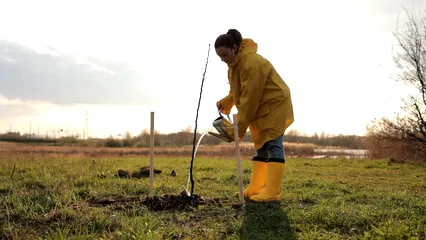
Pruning and Shaping
Pruning your Oleander is essential for its health and beauty. Start by removing dead or damaged branches. This encourages new growth and improves airflow. Aim to shape the plant to maintain a balanced appearance. You can prune Oleander in early spring before new growth begins. Use pruning shears to avoid damaging the plant.
When pruning, focus on the tips of the branches. Cutting just above a leaf node promotes bushier growth. For a more structured look, you can trim back larger branches. This method helps control the height and shape of your Oleander.
Avoid cutting too much at once, as this can stress the plant. Regular maintenance keeps your Oleander vibrant and enhances its blooming potential. With these pruning techniques, you’ll ensure your Oleander thrives and looks stunning throughout the growing season.
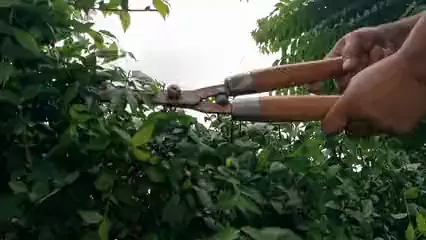
Oleander Varieties
Popular Cultivars
Oleander offers a variety of stunning cultivars. One popular choice is ‘Algiers,’ known for its striking dark red flowers. This variety reaches about 5 to 8 feet tall and thrives in full sun. Another favorite is ‘Calypso,’ which features cherry red blooms and grows taller, reaching up to 18 feet. It’s also known for its cold hardiness.
Other noteworthy varieties include ‘Cardinal Red’ with bright red flowers and ‘Hardy Pink,’ which showcases lovely salmon blooms. For those looking for something smaller, ‘Little Red’ is a dwarf cultivar standing at just 3 to 6 feet tall. Each of these Oleander varieties brings unique features to your garden, allowing you to choose the perfect match for your landscape.
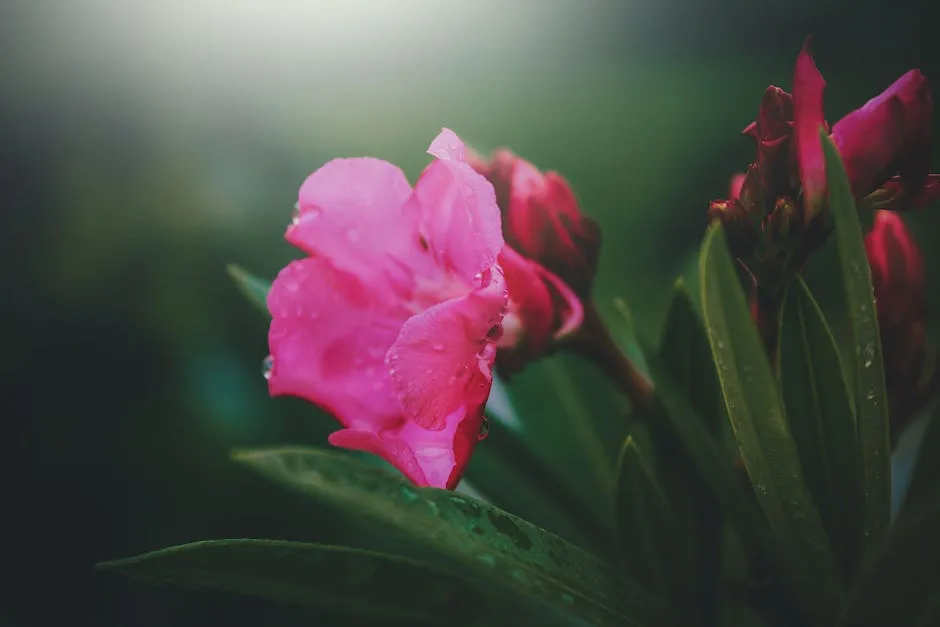
Selecting the Right Variety
Choosing the right Oleander variety depends on your environment. Consider your climate and the space available. If you live in a cooler area, opt for hardier varieties like ‘Hardy Red’ or ‘Calypso.’
In smaller spaces, dwarf cultivars like ‘Little Red’ work well. They provide all the charm without overwhelming your garden. Always ensure your selected variety can thrive in your local conditions. With the right choice, your Oleander will flourish and become a stunning focal point.
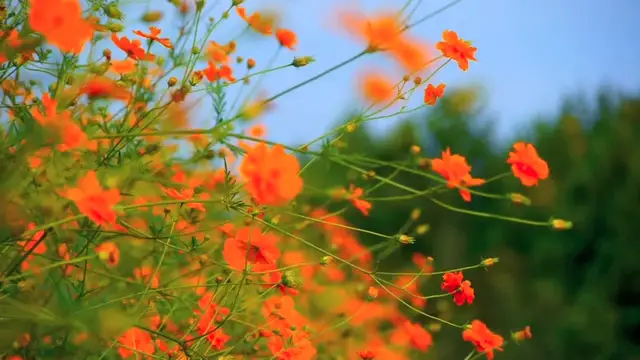
Toxicity and Safety
Understanding Oleander Toxicity
Oleander (Nerium oleander) is highly toxic. It contains compounds called cardenolides, particularly oleandrin. These substances affect the heart and can be lethal if ingested. Symptoms of poisoning can include nausea, vomiting, abdominal pain, and irregular heartbeat. Severe cases may lead to cardiac arrest or death.
If you suspect poisoning, seek medical help immediately. Provide details about the plant and any symptoms. Do not induce vomiting unless instructed by a healthcare professional. Always keep Oleander out of reach of children and pets. It’s crucial to recognize that all parts of the plant are toxic, even when dried. Practicing safety precautions can prevent tragic accidents in your garden.

Best Practices for Safe Cultivation
When gardening with Oleander, safety is key. Position the plant in a spot that’s not accessible to children or pets. Consider using barriers or fences if necessary. Always wear safety goggles when handling Oleander, as the sap can irritate the skin.
Regularly educate your family about the plant’s risks. If you’re planting in a family garden, consider alternatives that are safe and non-toxic. By following these guidelines, you can enjoy the beauty of Oleander while keeping your loved ones safe.

Landscape Use
Ornamental Applications
Oleander is a fantastic choice for landscape design. Its vibrant flowers bloom from early summer to mid-autumn, creating stunning displays. You can find blooms in various colors, including white, pink, and red. This versatility makes it an ideal ornamental shrub for gardens.
Oleander’s lush foliage provides excellent privacy screening. It can be shaped into hedges or left to grow naturally. Additionally, it thrives in hot, dry conditions, making it low-maintenance once established. This hardy shrub is perfect for coastal areas, where it tolerates salt spray and strong winds. By incorporating Oleander into your garden, you enhance both its aesthetics and resilience.
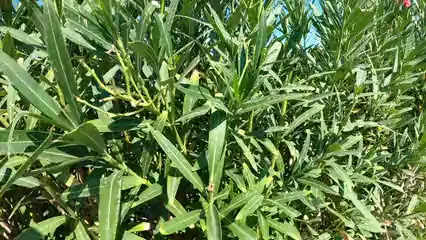
Alternatives to Oleander
If you’re looking for non-toxic shrubs that provide similar beauty, consider these alternatives. Butterfly Bush (Buddleja davidii) attracts pollinators with its vibrant, fragrant flowers. It blooms from summer to fall and is available in various colors.
Dwarf Burning Bush (Euonymus alatus ‘Compactus’) offers stunning red foliage in autumn. This compact shrub is perfect for smaller gardens and requires minimal care. You can find seeds for this beautiful plant here.
Another excellent choice is the Hydrangea. With large, showy clusters of flowers, it brings a delightful touch to any landscape. Hydrangeas thrive in partial shade, making them suitable for different garden conditions. You can find a great selection of Hydrangea plants on Amazon!
Unlike Oleander, these alternatives are safe for families and pets. They provide lush greenery and colorful blooms without the risk of toxicity. By choosing these non-toxic shrubs, you can enjoy a beautiful garden while ensuring safety for everyone. For more ideas on low-maintenance plants for drought-tolerant landscaping in hot climates, consider these options.
Exploring non-toxic alternatives to Oleander can enhance your garden’s beauty while ensuring safety. Low-maintenance plants for drought-tolerant landscaping in hot climates can provide great options for your landscape.
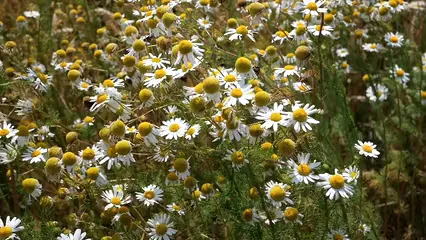
Don’t forget to label your plants! Having plant labels can help you keep track of your Oleander and other plants, making your gardening experience much easier!
Please let us know what you think about our content by leaving a comment down below!
Thank you for reading till here 🙂
All images from Pexels
